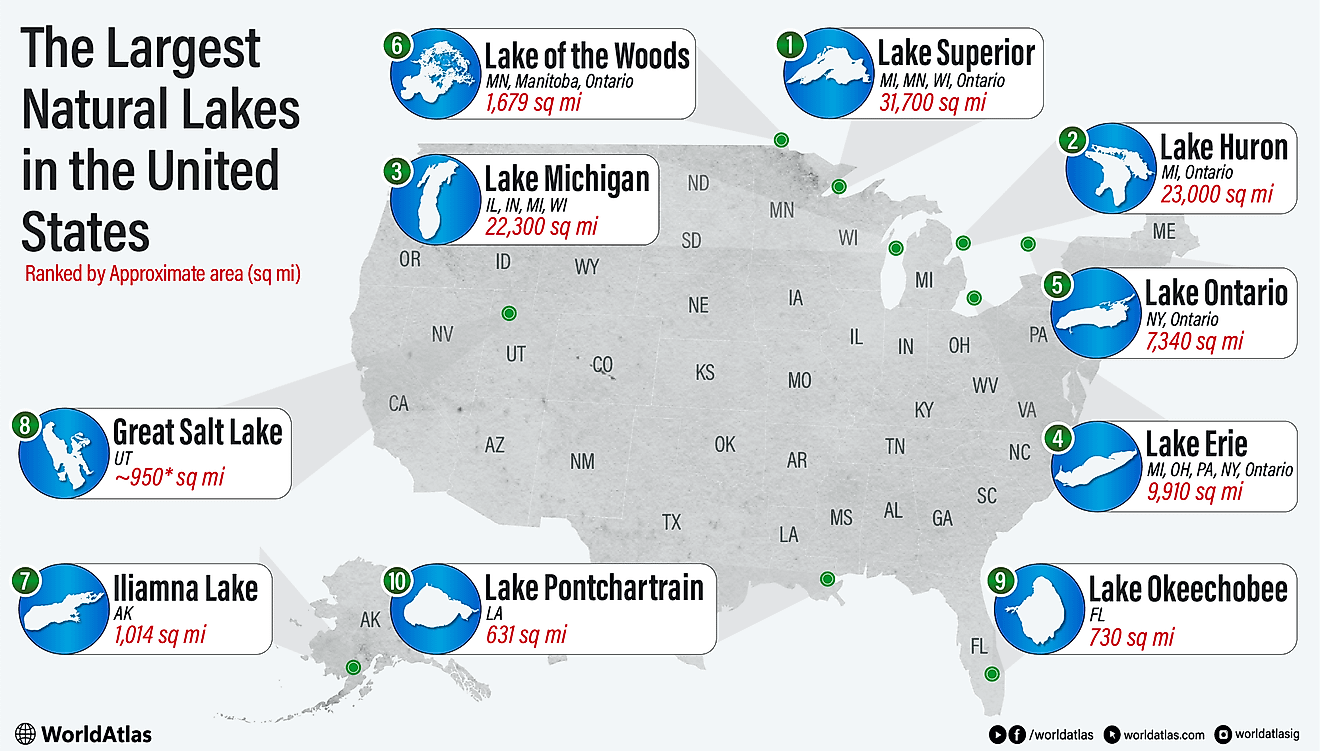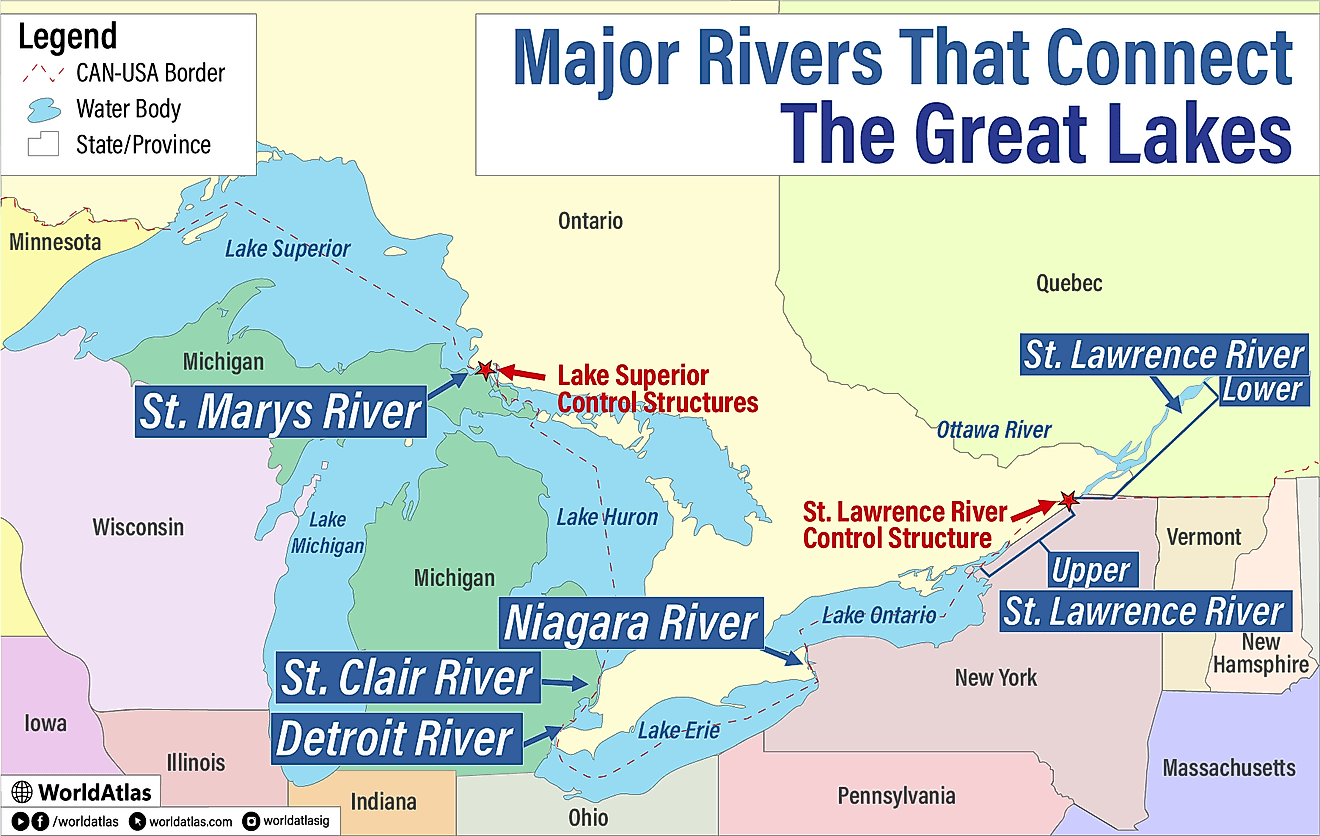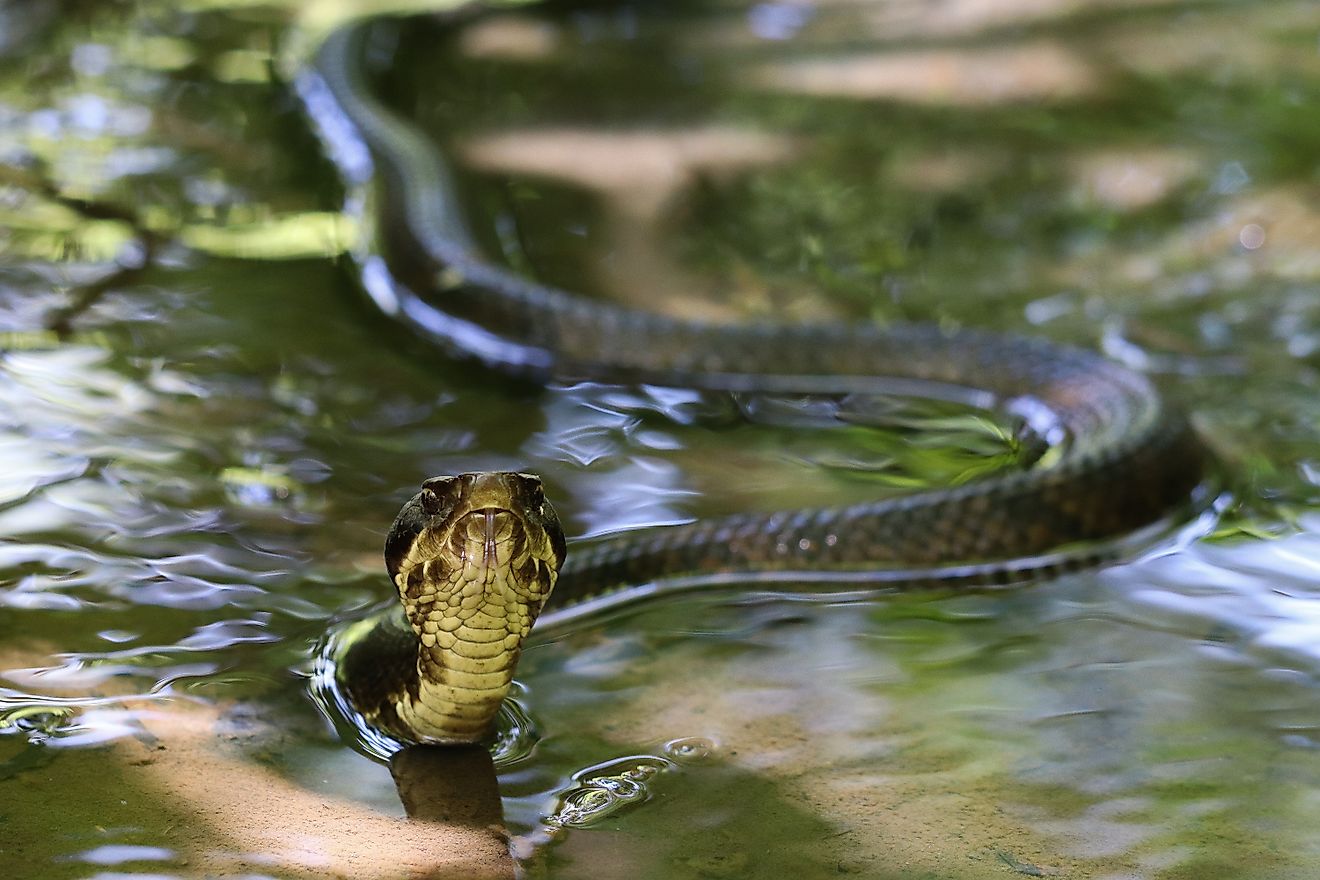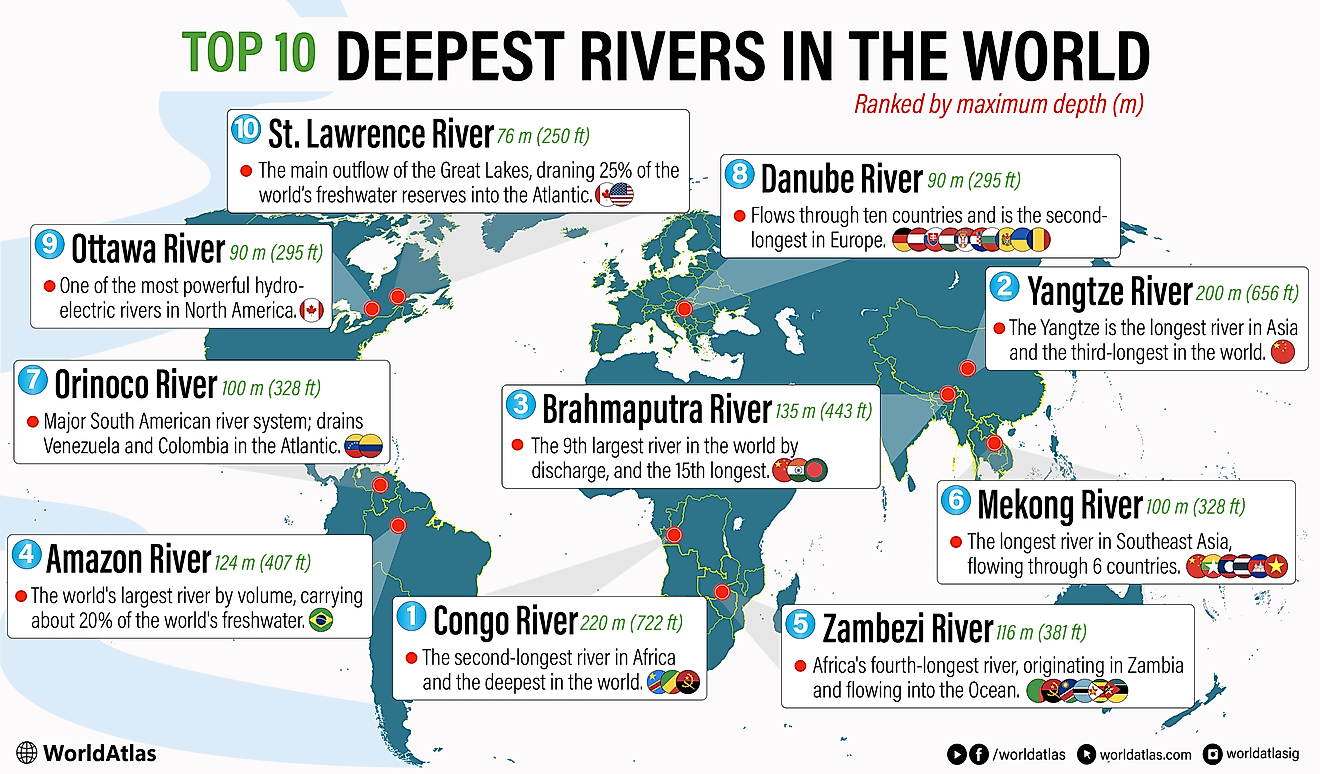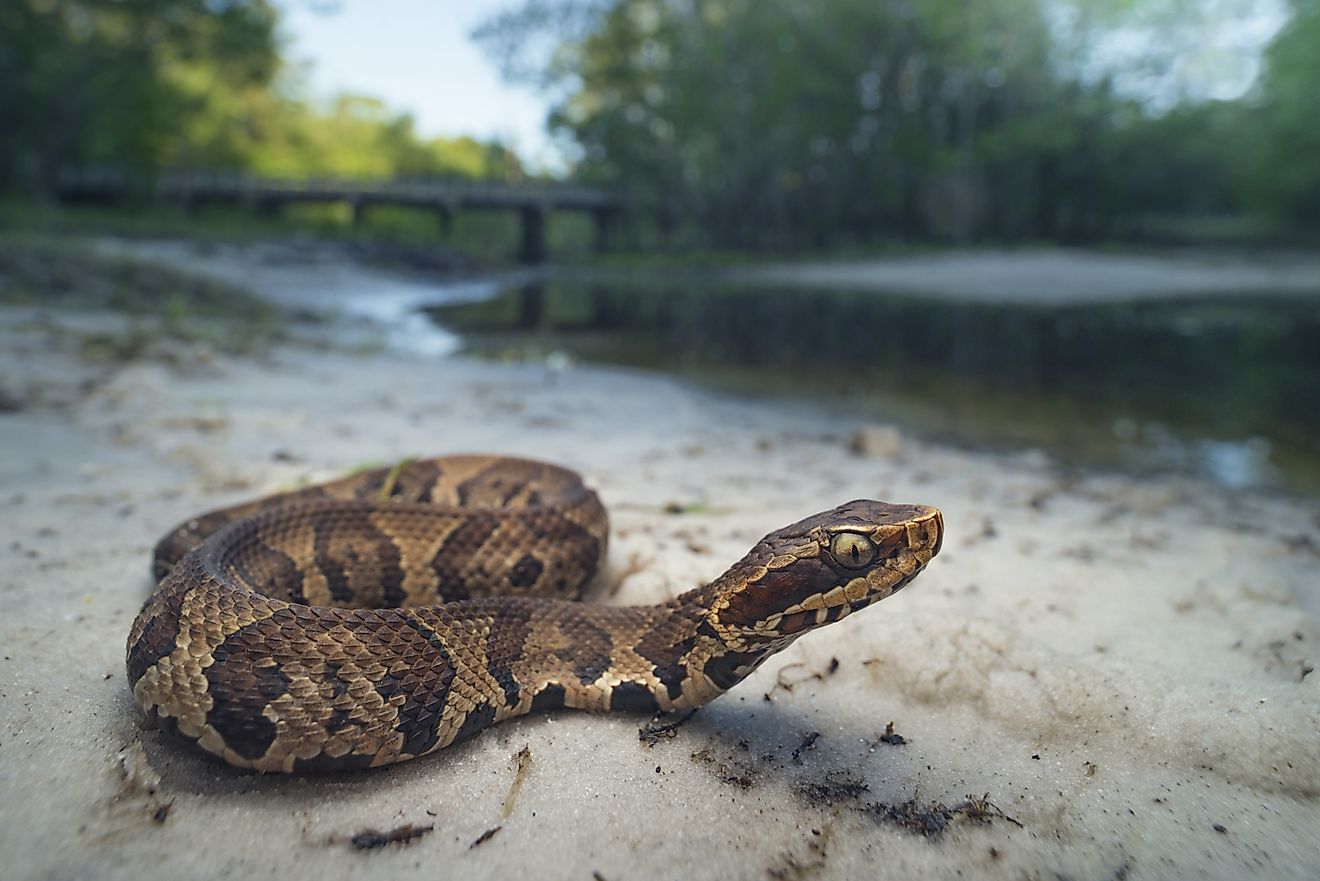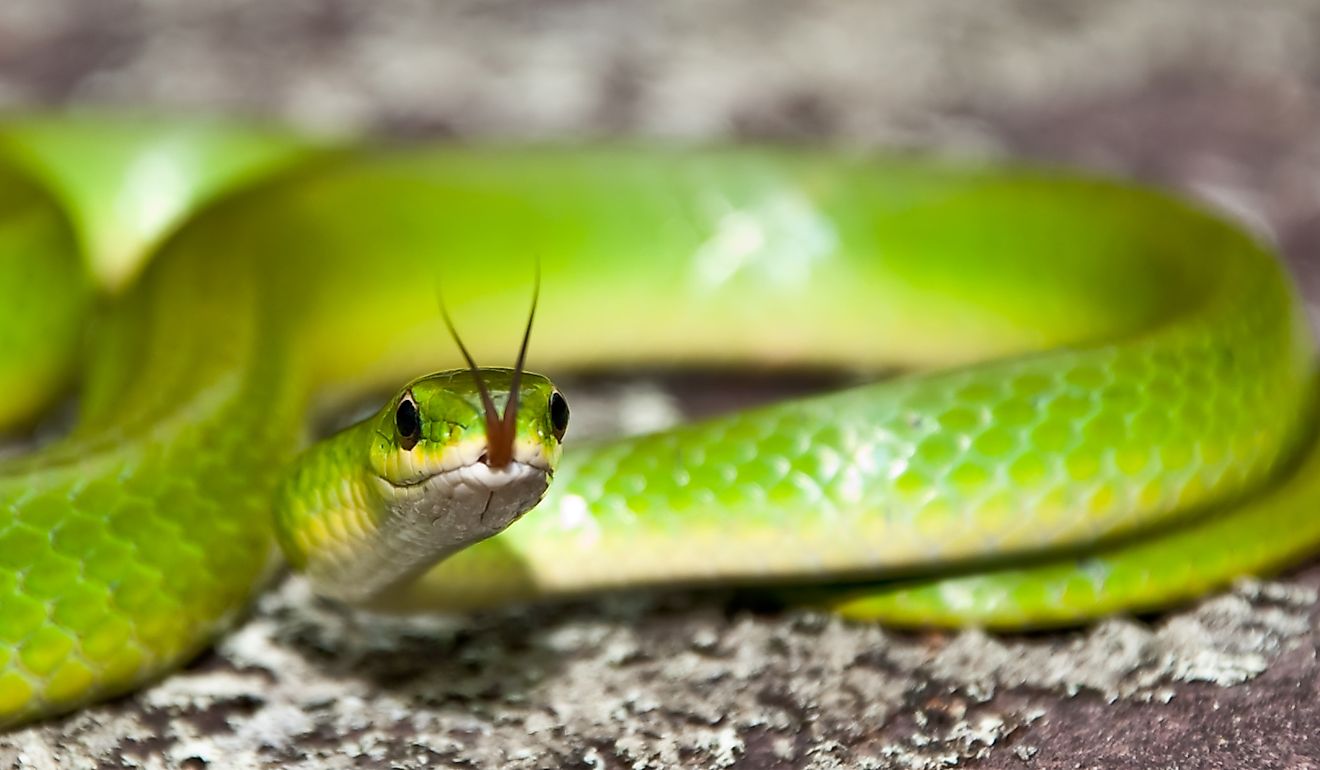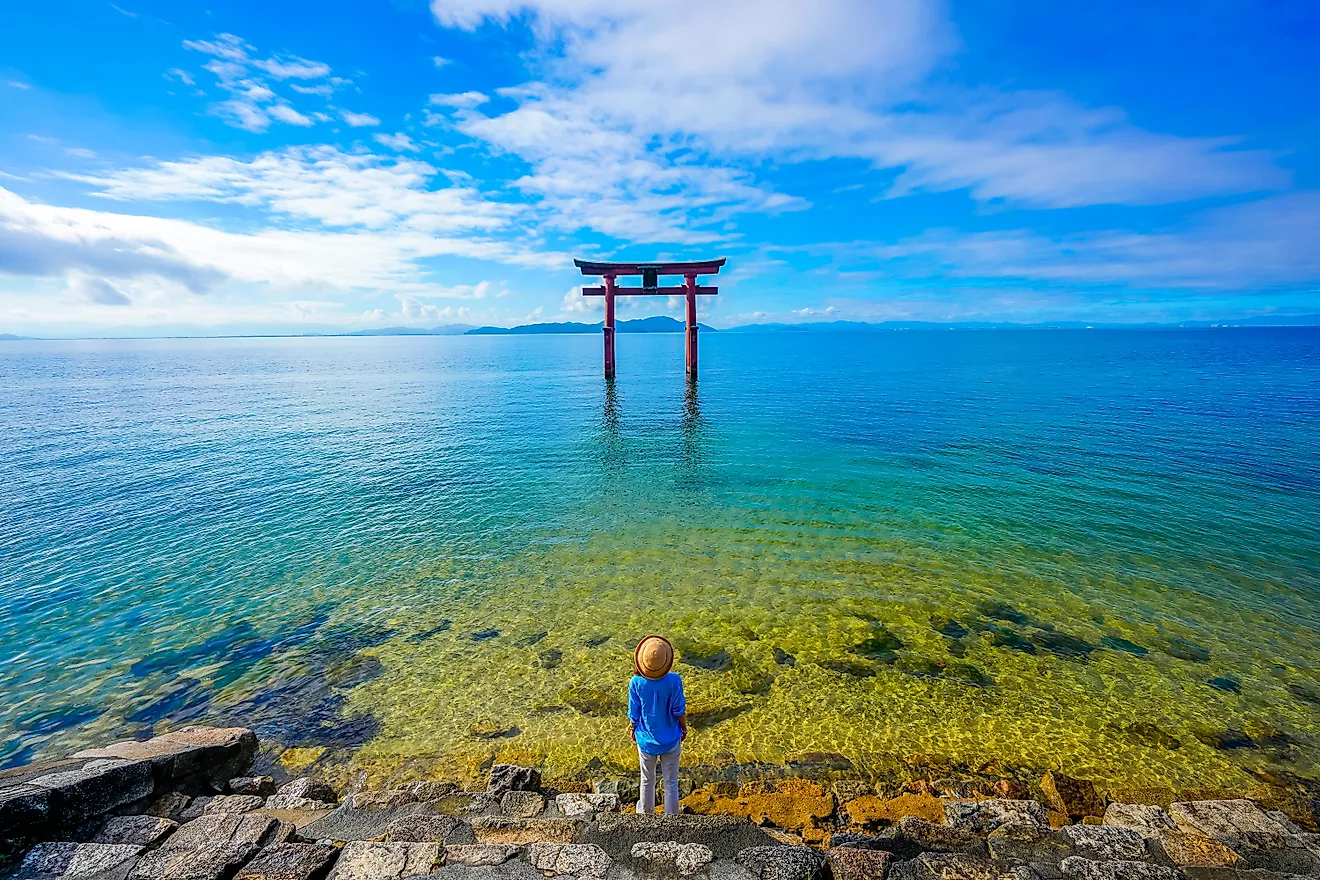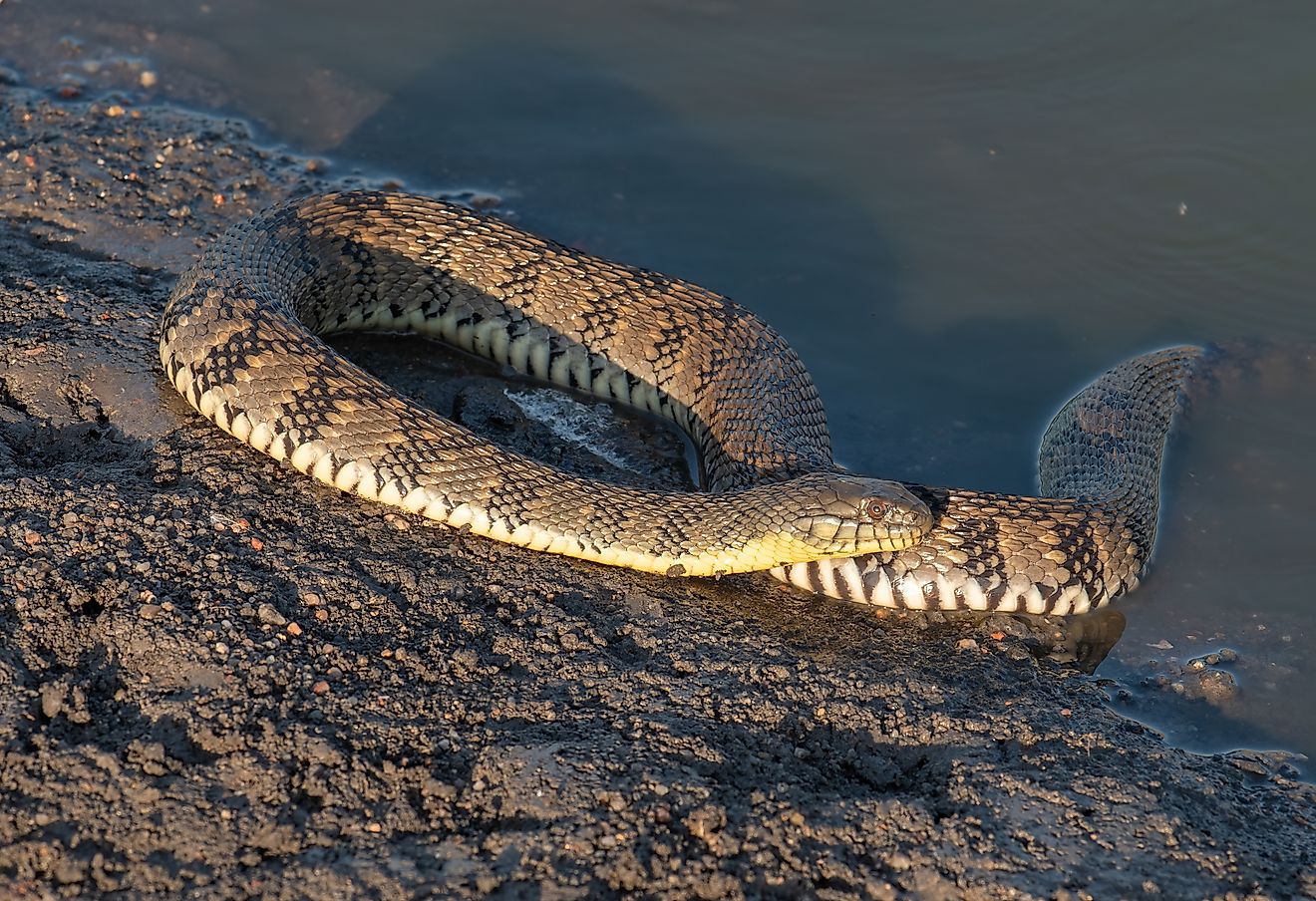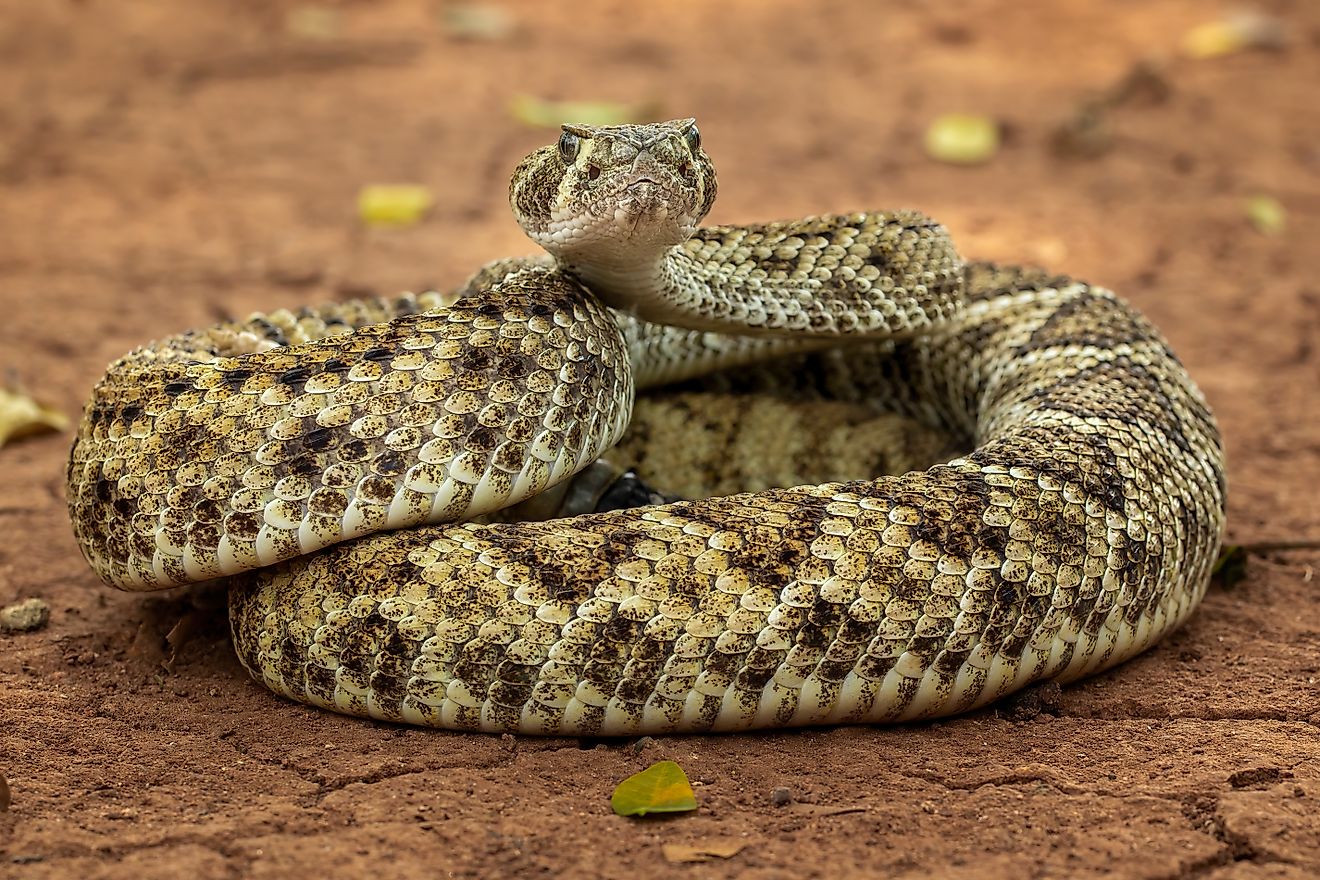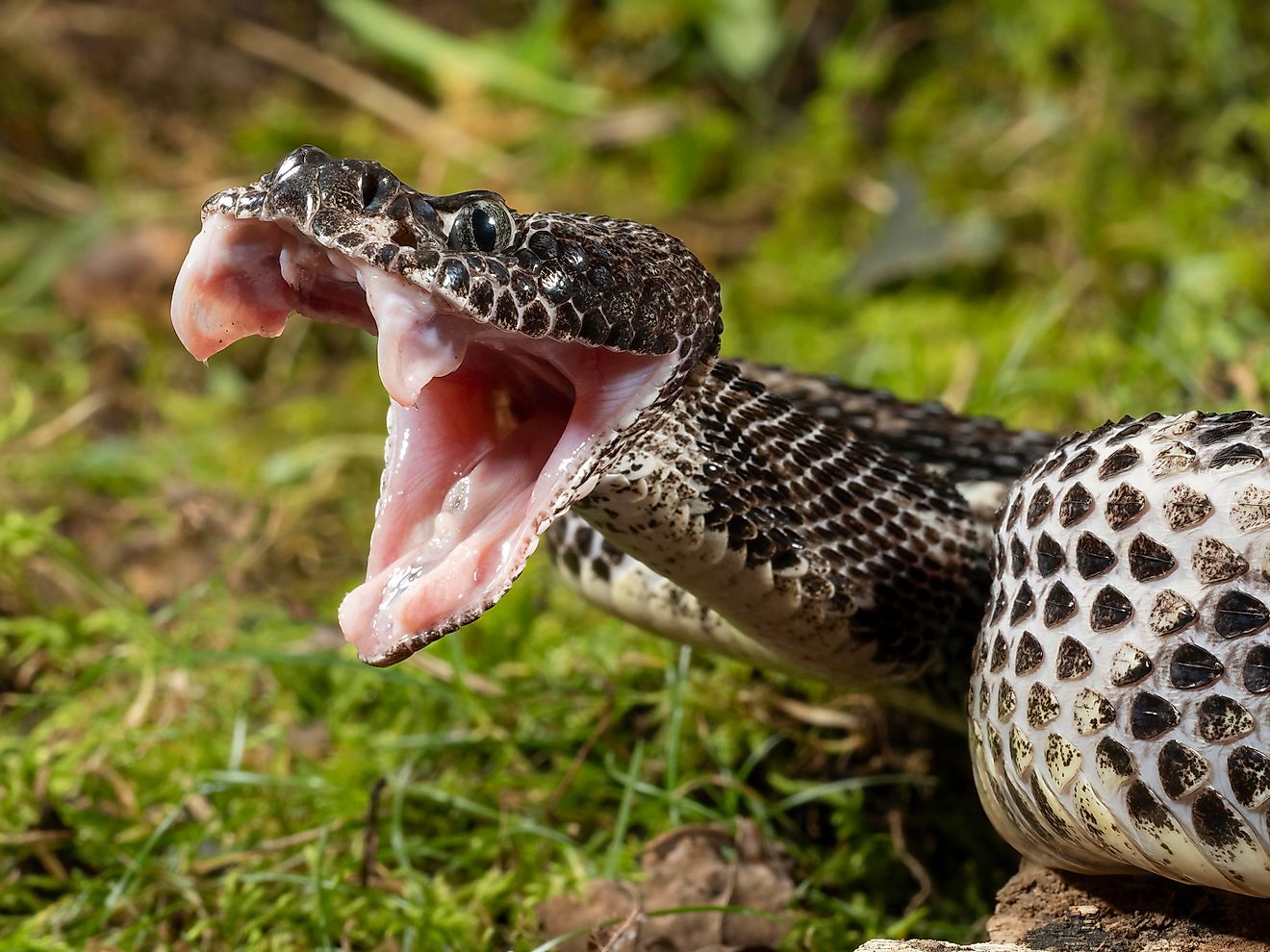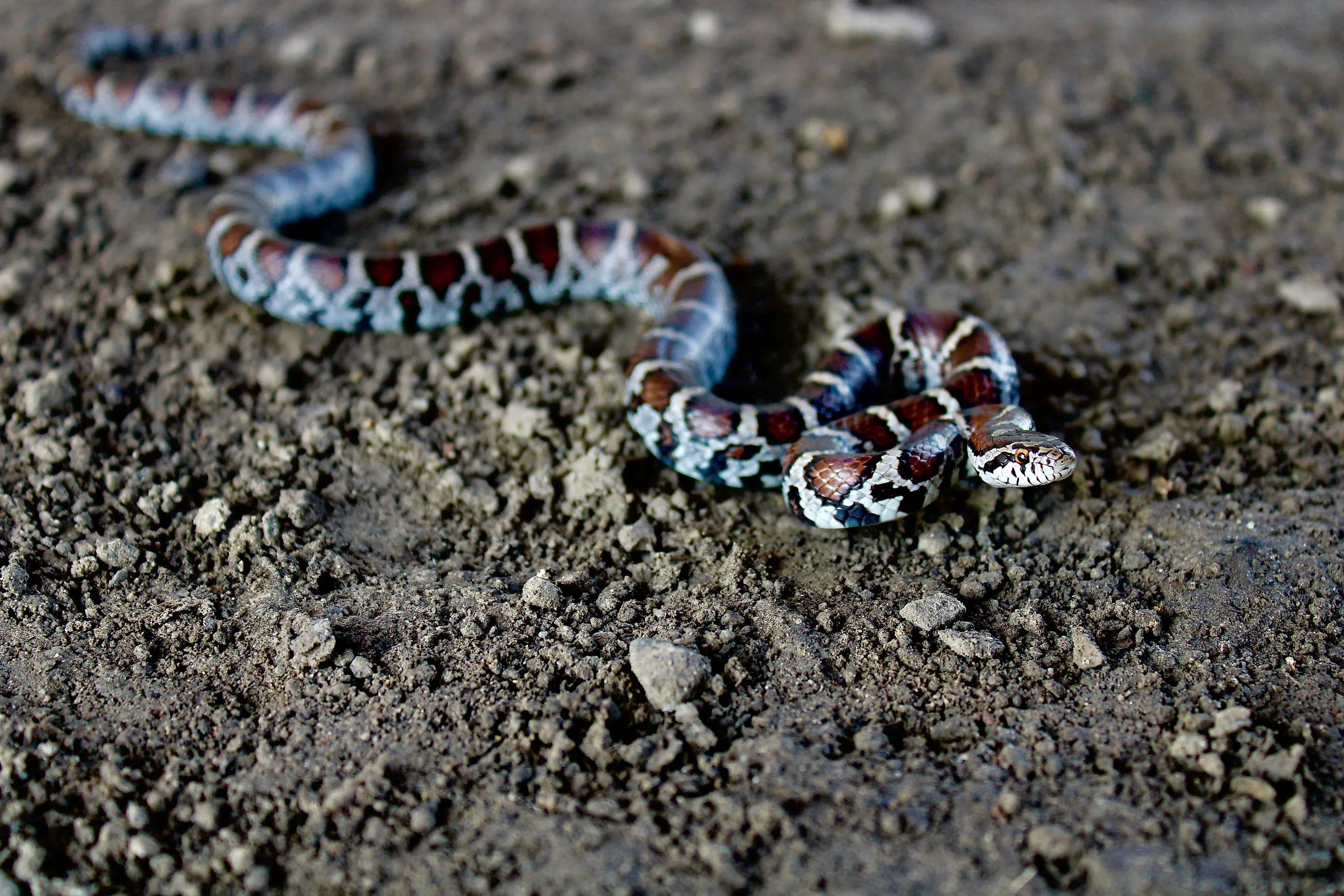
The Most Snake Infested Rivers In Vermont
Vermont is located in the northeastern corner of the United States, bordered by the Canadian province of Quebec to the north, New Hampshire to the east, Massachusetts to the south, and New York to the west. A hilly state, the majority of Vermont is covered by the Green Mountains, part of the greater Appalachian Mountains.
These hills are run through with rivers and tributaries. The Connecticut River separates Vermont from New Hampshire, stretching from the Canadian border all the way to the Massachusetts border. Other rivers in Vermont include the Winooski and Lamoille, which flow through the valleys separating Vermont’s mountain ranges until they reach Lake Champlain.
Many flora and fauna are found in close proximity to these rivers, including snakes, of which Vermont is home to 11 different species (but only one is venomous!) These are the most snake-infested rivers in Vermont.
Connecticut River
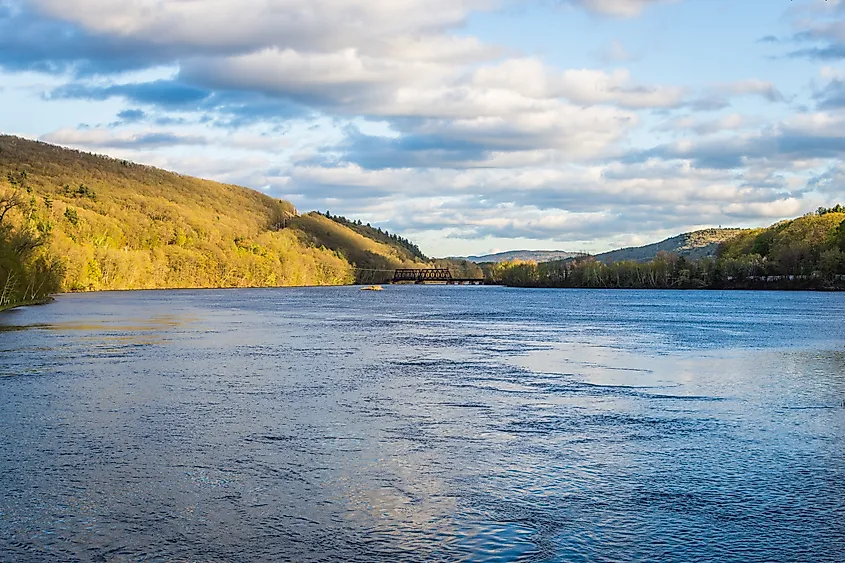
The Connecticut River originates in the Connecticut Lakes in northern New Hampshire, growing as it moves through the series of lakes, before straddling the border between New Hampshire and Vermont for 238 miles and crossing Massachusetts and Connecticut to empty into the Long Island Sound.
The northern water snake (Nerodia sipedon) is commonly found in the Connecticut River. Young snakes are often cream colored with red and brown blotches. Adults darken, turning almost solid brown or black with dark blotches. They are a thick-bodied snake, averaging between 3 and 4 feet when fully grown.
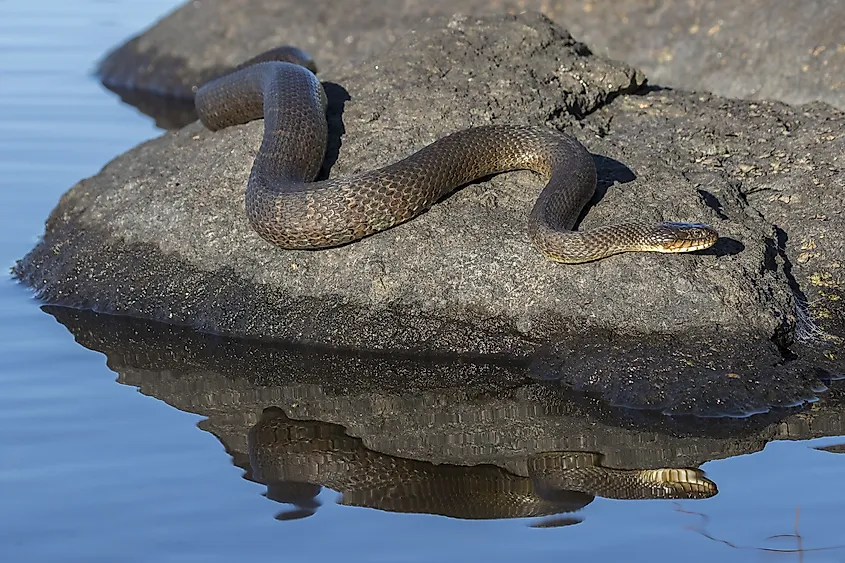
If handled or picked up, this snake is likely to defend itself, and may bite repeatedly, a technique it uses to evade predators. They often inhabit shallow wetlands with vegetation and nearby rocks. They are primarily found near marshes with rocky shores at low elevations in the Lake Champlain Basin.
Winooski River
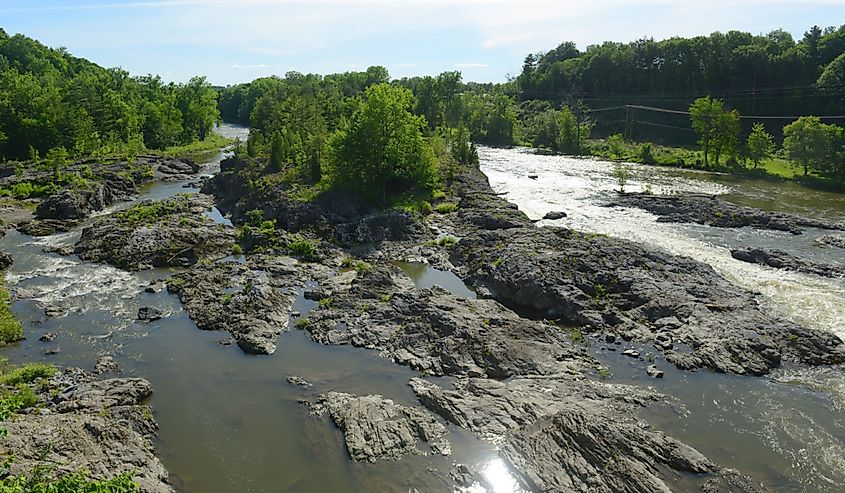
The Winooski River is located entirely within north-central Vermont. It rises near the town of Cabot and flows southwest, then northwest across the state through the Green Mountains, past Montpelier and Waterbury, to drain into Lake Champlain after a course of about 95 miles. The Winooski River provides a rich habitat for many wildlife species, including four of Vermont’s native snake species, including the Northern Water Snake mentioned above.
The common garter snake (Thamnophis sirtalis), another common snake found in this river, is more likely to be seen, as they are active mainly during the day and longer throughout the year than most snakes. The common garter snake is widespread throughout the state, although it is often found near water. They typically eat a diet of earthworms, leeches, crayfish, and small fish. If a garter snake feels threatened or cornered, it may release a foul-smelling musk from its glands located at the base of its tail.
The milksnake (Lampropeltis triangulum) also lives in the area. However, they also have a wider geographical range than most other species of snake, commonly found under rocks and ledges adjacent to the river.
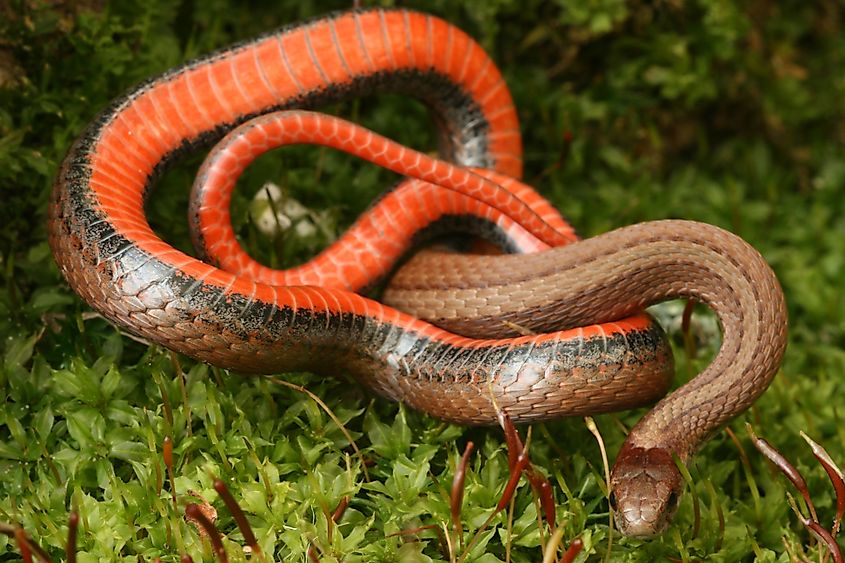
The red-bellied snake (Storeria occipitomaculata) is a small snake that is usually brown in color with a vibrant red belly. They prefer damp, moist, and cool environments. They are often found in areas such as river bays, creek bottomlands, and sphagnum bogs where slugs, snails, and worms are readily available for them to prey on.
Lamoille River
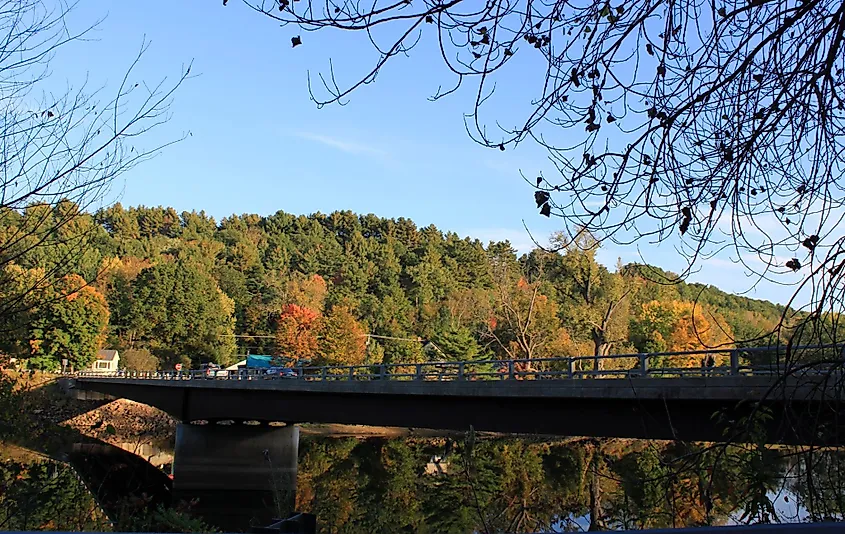
The Lamoille River is a slow river, meandering through Vermont and eventually emptying into Lake Champlain. The area has a bottom composition consisting primarily of sand, mud, and gravel. Around the river, marshy wetlands and floodplain forests make a perfect habitat for snakes. The area is home to mammals, birds, fish, amphibians, and reptiles, including the northern water snake, milksnake, common garter snake, and DeKay’s brownsnake (Storeria dekayi).
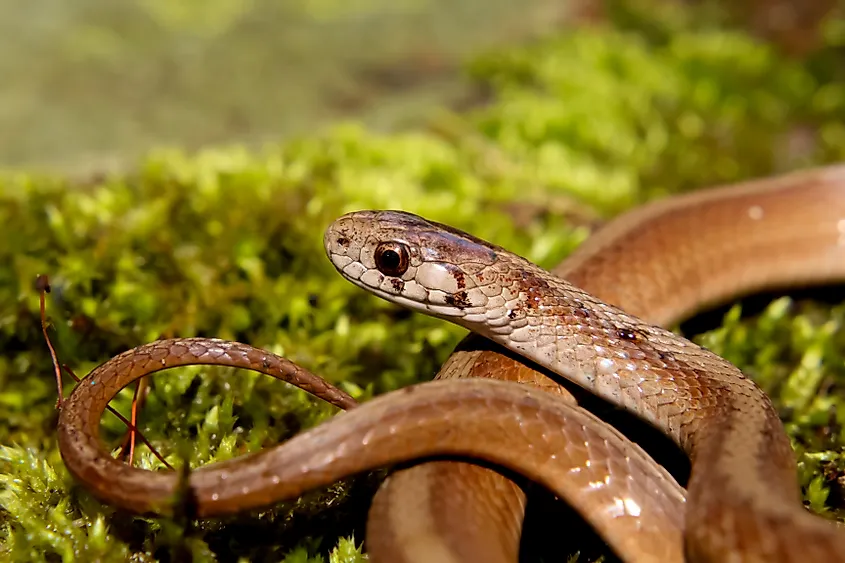
DeKay’s brown snake is a small snake averaging one foot in length. They are often brown or grayish-brown in color, and active at night when they predominantly prey on slugs and earthworms, and sometimes snails and tadpoles. They are generally docile snakes who will often squirm or flatten their bodies rather than bite if provoked. DeKay’s brown snake can be found in overgrown wet meadows and rocky woods at low elevations. It is most often seen in the Lake Champlain Basin.
Snakes in Vermont's Waterways
While Vermont is home to eleven species of snake, only one is venomous: the timber rattlesnake (Crotalus horridus). However, it is uncommon in the state, rarely leaving its den, and inhabiting rock slides, ledges, and nearby woodlands rather than rivers. While snakes do occur in areas close to rivers in Vermont, they are not always seen. Instead, snakes are often hiding under rocks, ledges, and logs, posing no threat to humans. These waterways not only provide economic value and beauty to Vermont, but also habitat to its delicate and beautiful snake species.
